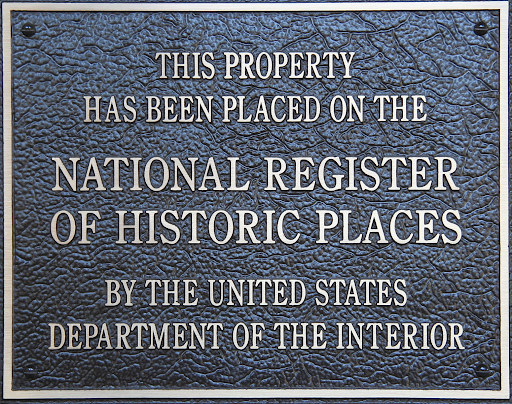Credit: Wiki Commons
Preserving history is no joke. It’s taken years to perfect a system that functions well and benefits society – and it’s still a work in progress. Let’s take a look at the National Historic Preservation Act, for instance, and how it aids in the preservation of Latinos experiences in the United States.
In 1966, the National Historic Preservation Act authorized the National Register of Historic Places to support public and private efforts to identify, evaluate, and protect America's historical and archaeological valuable resources. This was a big step for Latinos and for people of historically excluded communities.
What Makes It Into the National Register of Historic Places?
Though the value of the National Register is immense, especially when it comes to preserving historic sites, less than 8 percent of the sites documented are associated with women, Latinos, African Americans, or other people from underrepresented communities. This is why the sites must now meet certain requirements in order to be included in historical records: significance and integrity.
Read more: The Origins of Paletero Culture
Let’s break this down by what it means.
Significance, for example, may be associated with an important person or event. Unfortunately, this makes most of these places associated with wealthy white people, hence defeating its purpose.
Concerning integrity, the site must be unaltered, counting with most of its original materials. It is a difficult task when it comes to Latino historical sites; most have been destroyed or abandoned to such an extent that they are altered by nature.
Location Versus Its Historical Value
The architecture of many of these sites feature an European style and it seldom predominates places with vernacular techniques.
A great example is Casa Amadeo, a historical site where the Latino experience in New York is significant as well as for Latino music. Its building dates back to the 18th-century, a Renaissance-style architecture.
But if the location were different, would it detract from Casa Amadeo's historical value?
The Latino Voice
Many of the historical sites devoted to Latino history tend to focus on the Spanish exploration era, the colonial era, and the Southwestern settlement periods. However, the growth of the Latino population has demanded that recent historical figures and events be evaluated. Because of the importance of Chicano heritage and their fights in California, places like Forty Acres and Chicano Park are now part of the record.
Sometimes communities organize in order to upkeep places of historical importance for future generations. However, it is almost impossible to do so without funding. This is when the National Register of Historic Places’ help is appreciated. After all, the fight for one is the fight for all.
https://draft.nuestrostories.com//wp-content/uploads/2022/04/saac-Vallenilla-Nuestro-Stories-Writer-Image-218x300.png





